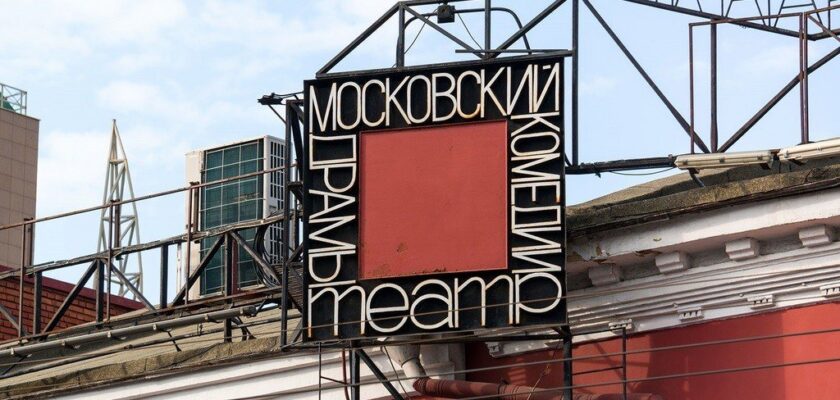Moscow Theater of Drama and Comedy on Taganka
The Taganka Theater is one of the capital’s iconic theaters. Its unique style was formed, thanks to the talent of Yuri Petrovich Lyubimov. After he became the chief director of this collective in 1964, the Moscow Drama and Comedy Theater changed its name and became known by its location – the Taganka Theater.
.But not only the name was changed. The theater qualitatively renewed the cast and repertoire. Its legends were Alla Demidova, Valery Zolotukhin, Vladimir Vysotsky, Nikolai Gubenko, Inna Ulyanova, Veniamin Smekhov, Nina Shatskaya, Semyon Farada, Natalia Sayko and Leonid Filatov. The game of these talented actors were characterized by inner freedom, dignity and high professional skill. They always openly and directly spoke to the audience, leaving in each created artistic image of a unique piece of his own personality.
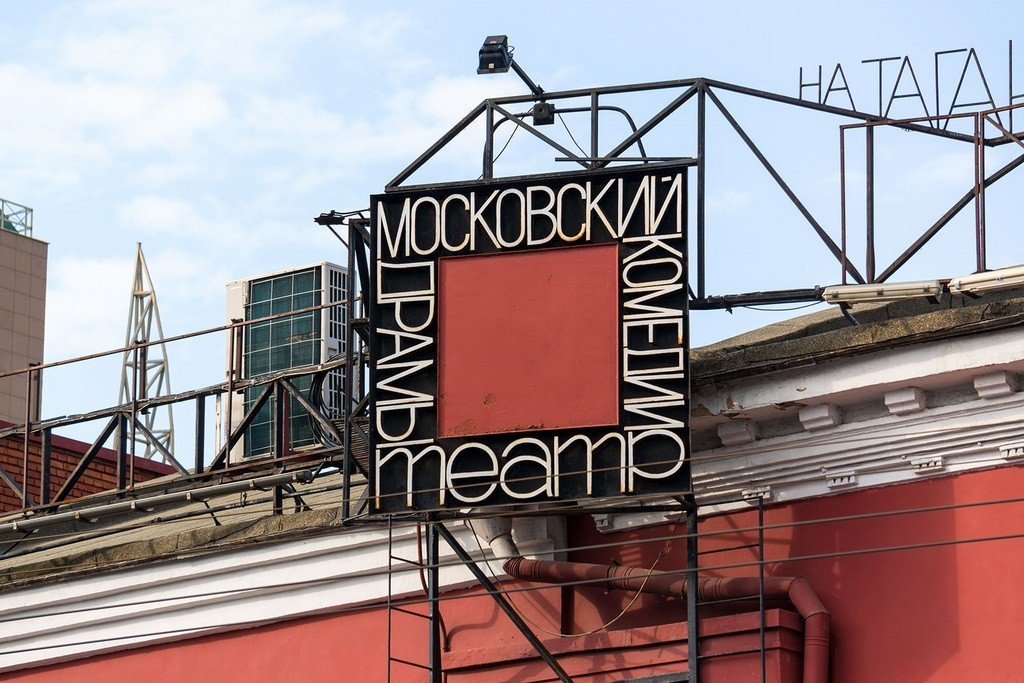
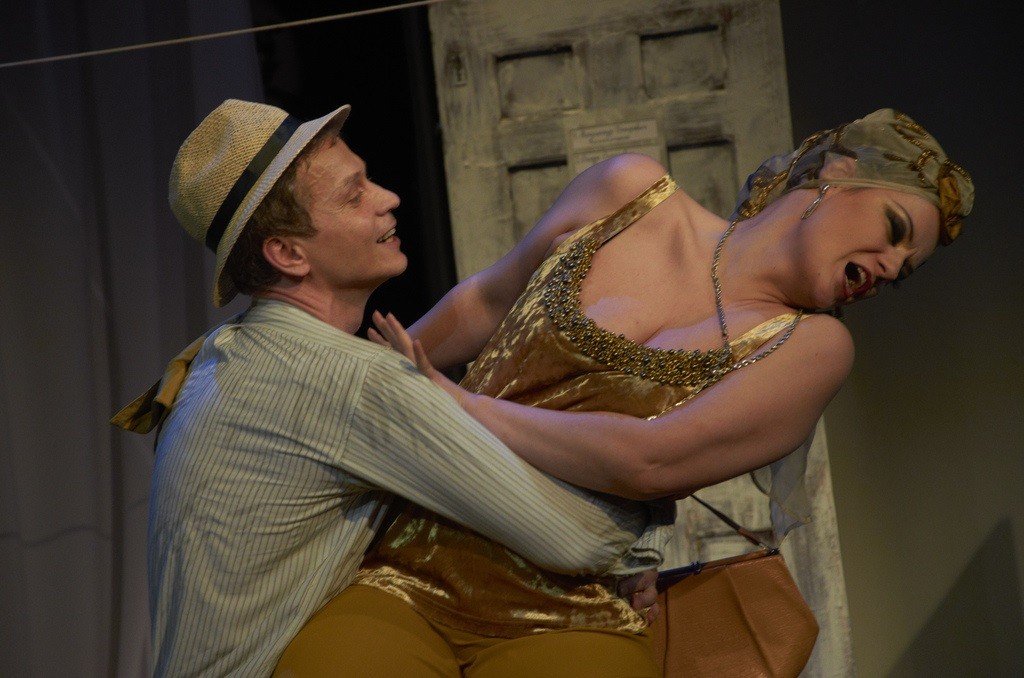
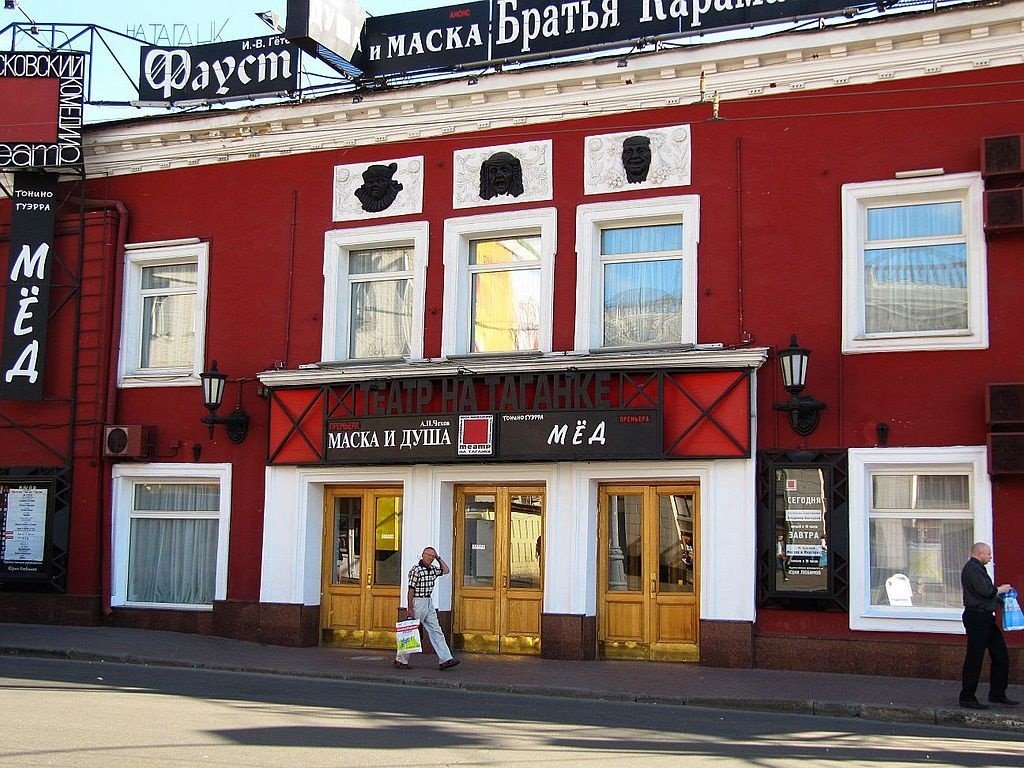
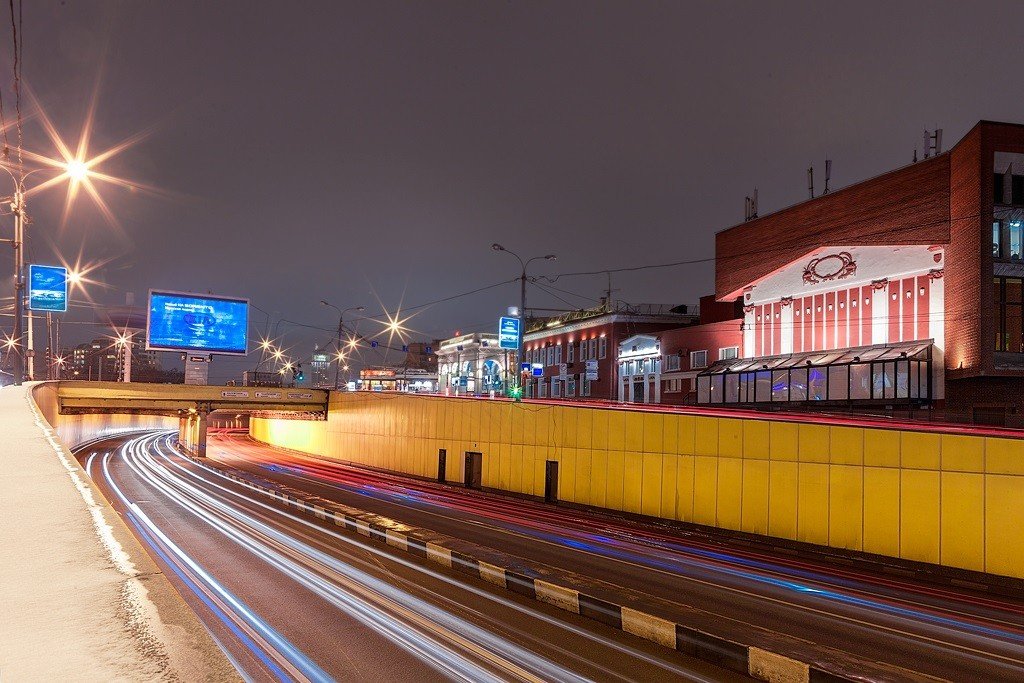
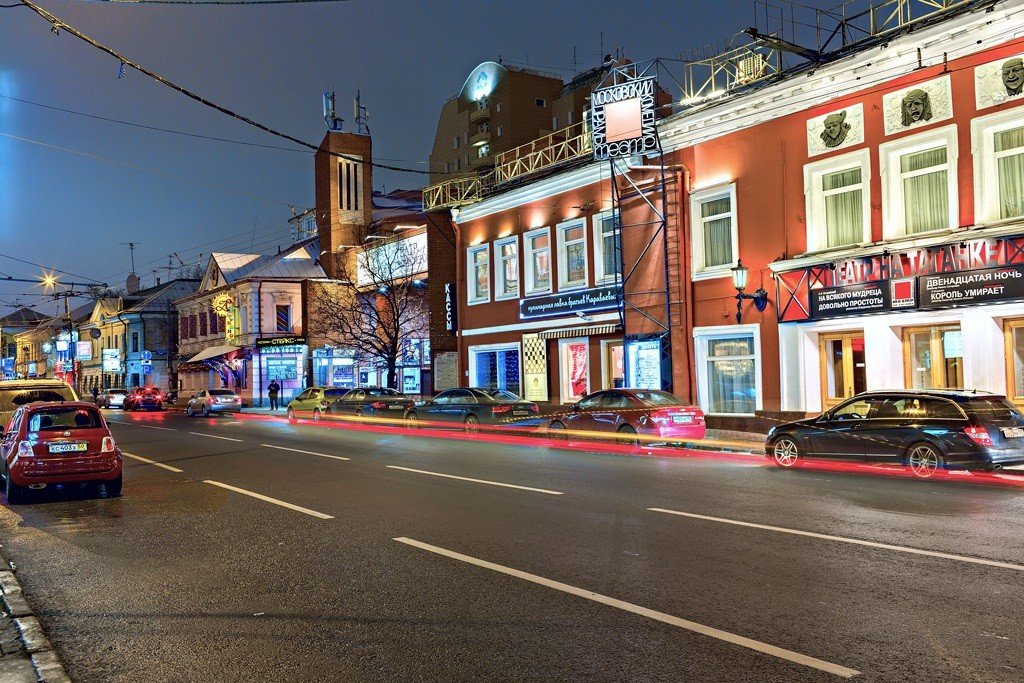
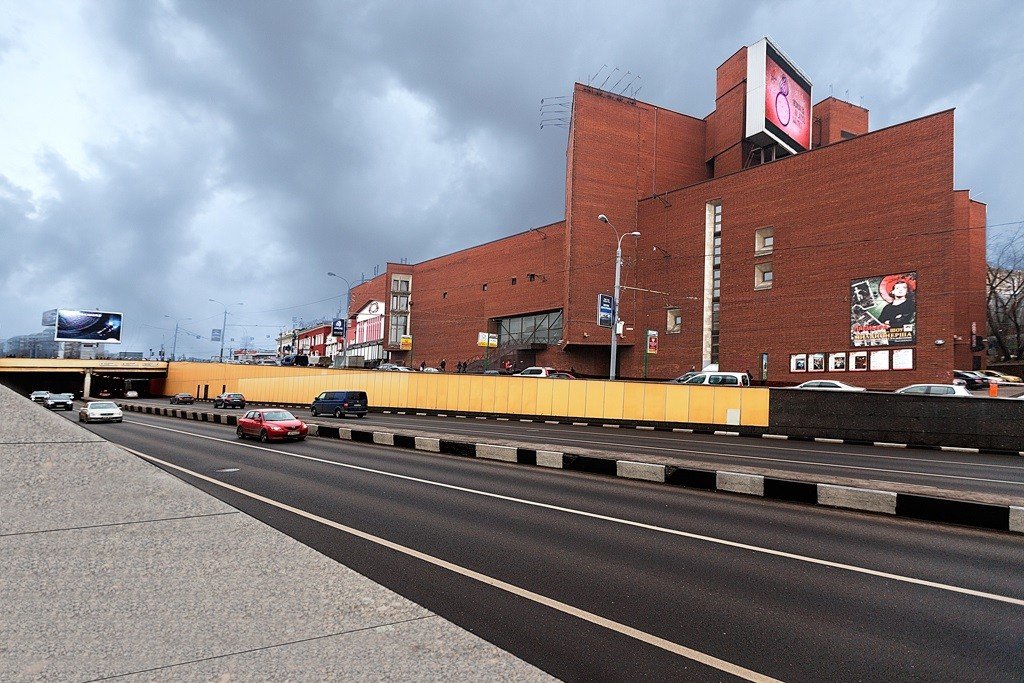
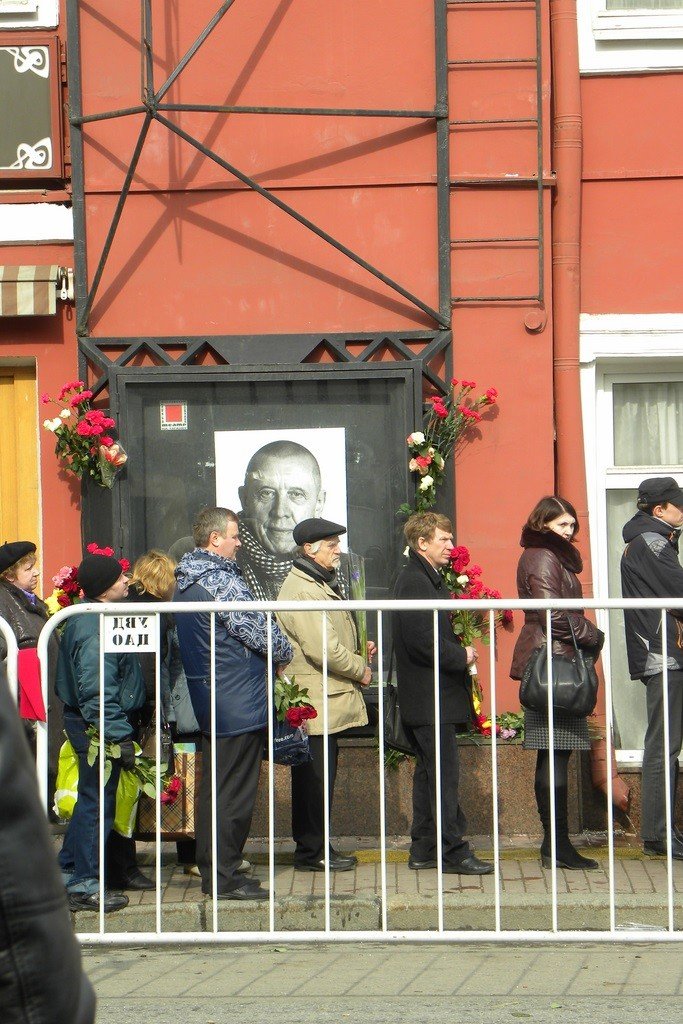
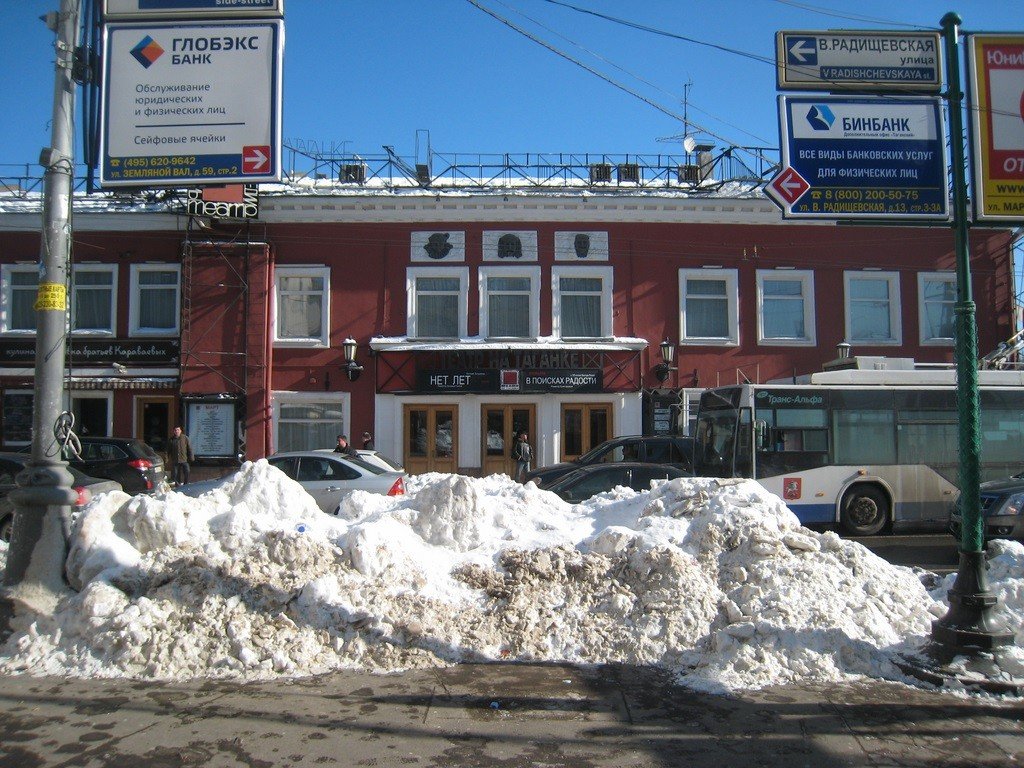
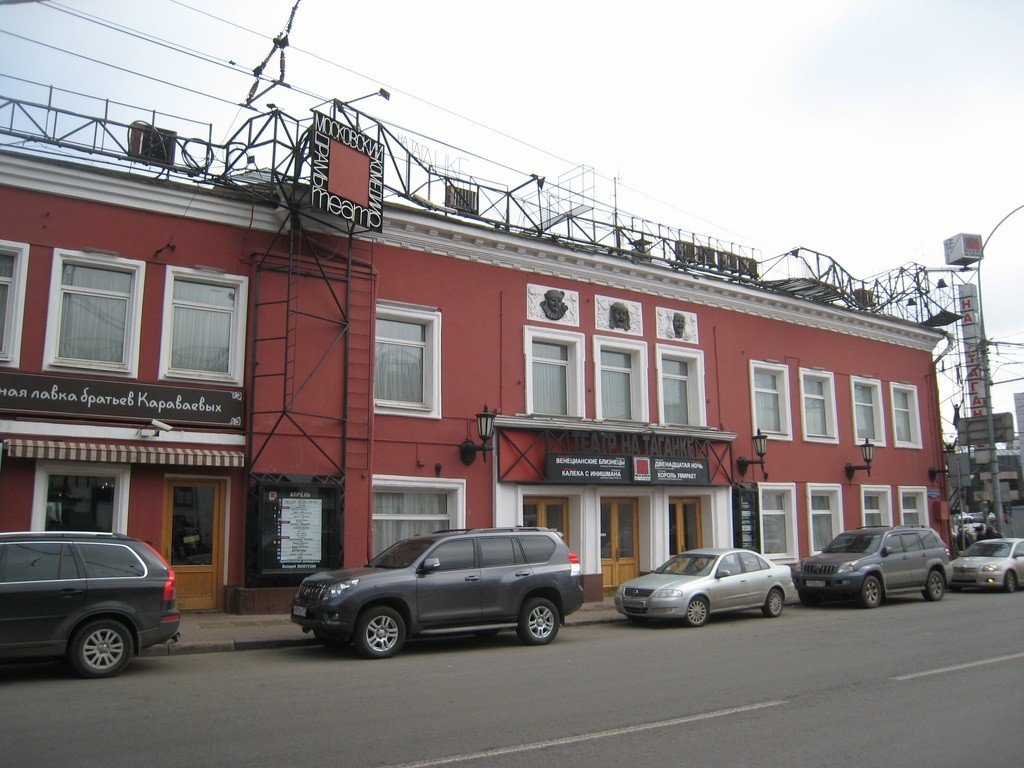
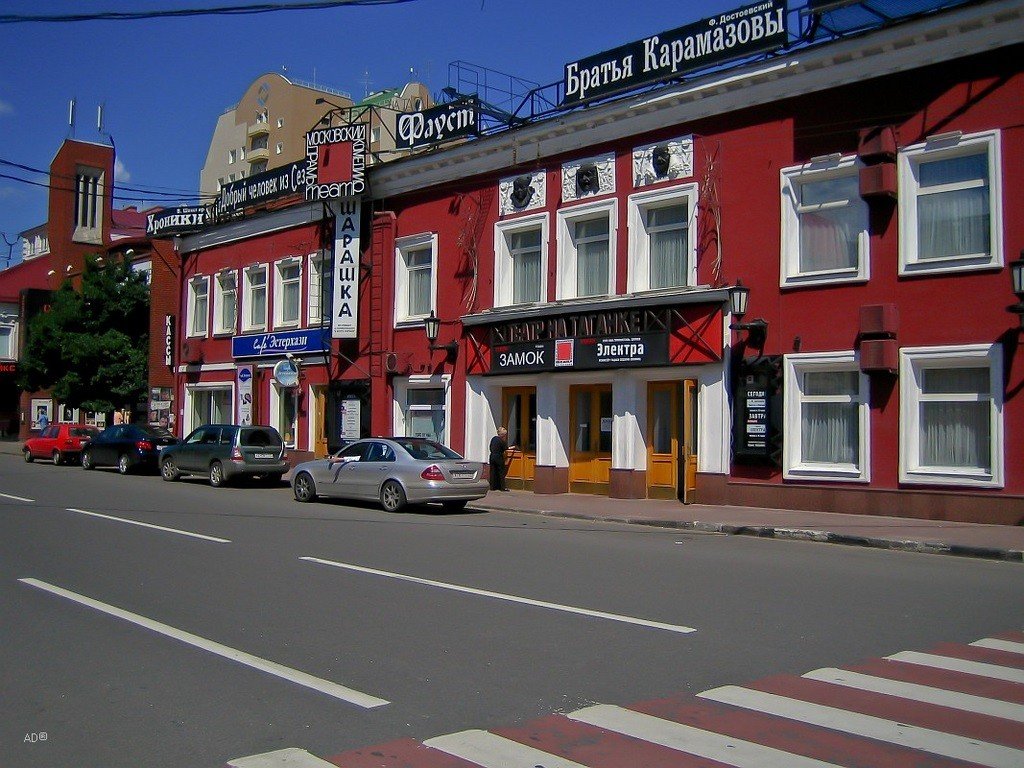
Highlights
The Taganka Theater is known not only in Russia, but all over the world. The theater troupe tours a lot, and everywhere it is warmly received by the audience. Taganka has become a real theater of intellectuals and a place where you can always see charming, venturesome, intelligent play and a bright celebration of theatrical action. Here theater drama is organically fused with music, movement and singing. And despite various changes in the management and cast of the theater, its popularity with the audience does not diminish.
.
The modern Taganka Theater has become a place of attraction not only for the capital’s theatergoers. At the performances of this famous theater group try to get and guests of Moscow, who came to the capital for business or tourist purposes.
.
The building, which occupies the theater, was built in 1911, designed by architect Gustav Augustovich Gelrich, a famous master of Moscow Art Nouveau. It was originally intended for an electric theater (cinematograph), but was later rebuilt as a classical theater.
History of the Taganka Theater
The theater near Taganka Square was opened in 1946 and was headed by actor and director Alexander Konstantinovich Plotnikov (1903-1973). The first troupe of this theater was made up of pupils of the capital’s theater studios and actors from peripheral theaters. As a premiere they prepared a performance based on Vasily Grossman’s play “The People are Immortal.”
.
By the early 1960s, the theater on Taganskaya Square had a reputation as one of the least attended in the capital. People did not rush it for performances, as the theatrical productions that could be seen here were characterized by impersonality and official style.
.
In 1964, the situation changed. A famous actor from the Yevgeny Vakhtangov Theater, Yuri Lyubimov, came to lead the theater group. But the new chief director did not come alone, and brought his students from the Shchukin School. Together with them he staged on the stage of the theater play by German playwright Bertolt Brecht. Alla Demidova and Boris Khmelnitsky, actors who later became famous, made their debut in the premiere performance of The Good Man from Sezuan..
The chief director constantly supplemented the theater troupe with young actors, many of whom were graduates of the Shchukin school. And from the old troupe successfully continued to play on the stage of “Taganka” Veniamin Smekhov, Vsevolod Sobolev and Yuri Smirnov.
.
Lyubimov was very enthusiastic about the ideas of Bertolt Brecht and even hung a portrait of him in the foyer of the theater. He respected the German playwright and theorist of theater art for the clarity of his worldview and shared his views on life. Introducing the ideas of Brecht’s “epic theater” as well as the lessons of Yevgeny Vakhtangov and Vsevolod Meyerhold allowed Lyubimov to quickly make the Taganka Theater one of the most avant-garde theater groups in the USSR.
.
In the early years of the renovated theater here staged performances that used poems and poems by A. Pushkin, V. Mayakovsky, B. Pasternak, A. Voznesensky and E. Yevtushenko. Yevtushenko. A little later they were replaced by plays based on prose works by F. Dostoevsky, M. Gorky, N. Chernyshevsky, M. Bulgakov, B. Vasilyev and Y. Trifonov.
.Taganka’s openness and freedom-loving attitude contradicted the traditions of the Soviet state in its desire for total control over all public life, so the innovative theater group was in constant conflict with the powers that be. The situation around the theater became especially heated after the death of the popular actor and bard Vladimir Vysotsky in 1980. The authorities even banned the showing of a performance in memory of the actor, which was prepared by the main director and artists of the theater.
.
This confrontation ended with the fact that in 1984, Taganka’s chief director Yuri Lyubimov, after 20 years of work as chief director, was forcibly removed from his post and deprived of Soviet citizenship. This was done in absentia, when Lyubimov was in London. He spent 7 years in forced emigration, staging theater productions in various countries around the world.
.
After the return of Yuri Petrovich Lyubimov to his homeland, the theater company split in two. Former theater actor Nikolai Gubenko headed part of the theater troupe and called his association “Commonwealth of Actors Taganka”. They played in the new building of the theater. And Yuri Lyubimov became the head of another part of the troupe and staged theater productions in the old building. He succeeded in getting the audience to see the performances previously banned by the authorities: the memory of Vladimir Vysotsky, “Boris Godunov” and “Alive.”
In 2011 Lyubimov, due to conflicts with actors and the Moscow Department of Culture, left the theater. After his departure, for a year and a half the theater was headed by the famous Russian actor Valery Sergeevich Zolotukhin. Then, in 2013, Vladimir Nathanovich Fleischer became the head of the theater. And since March 2015, the theater collective is headed by Honored Artist of Russia Irina Viktorovna Apeksimova.
.Features of theater productions
Since the time when the theater was headed by Lyubimov, performances at Taganka have become characterized by great originality. The theater stopped using the curtain, and from this what was happening on stage acquired a touch of studio and chamber. In Lyubimov’s time, traditional scenery was almost never used at performances – they were replaced by original stage designs. The performances began to include elements of pantomime, shadow theater and unusual musical accompaniment. The audience liked all this very much. And in the 1960s and 1970s, the Taganka Theater became one of the most visited not only in Moscow, but also in Russia.
.
Lessons of courage, citizenship and freedom of thought, which Taganka gave from its stage, made this theater a meeting place for intellectuals. The theater made many friends from among the country’s famous scientists, composers, artists and writers. And the foreign press in Soviet times often called the Taganka Theater “an island of freedom in an unfree country.”
.
Thanks to Yuri Petrovich Lyubimov, the theater’s performances were characterized by dynamics and impeccable composition. They were watched with pleasure by audiences in different countries. And the production based on F. Dostoevsky’s novel “Crime and Punishment”, shown in 1983 in London, was recognized with the prestigious “Evening Standard” award.
.
The modern troupe of the famous theater includes People’s Artists of Russia: Ivan Bortnik, Alexander Trofimov, Lyubov Selyutina, Zinaida Slavina, Felix Antipov and Yuri Smirnov. Here you can see performances based on works by Sophocles, Moliere, I. Goethe, U. Shakespeare, C. Goldoni, N. Gogol, A. Griboedov, N. Ostrovsky, B. Brecht, G. Ibsen, A. Pushkin and M. Bulgakov. .How to get there
The theater is located near Taganskaya Square on 76/21 Zemlyanoy Val Street. Not far from it is the exit from Taganskaya (ring) metro station.
.
